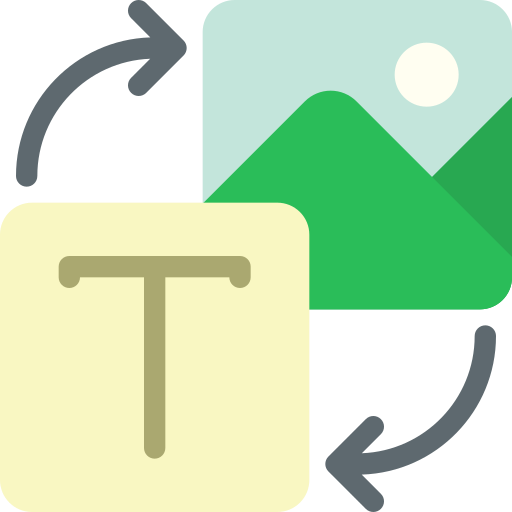Increase Image Size in KB or MB
Increase the file size of any JPEG or PNG image in KB or MB online using this image size increase tool. Just upload up to 50 images at once, set a desired size, and get the images in your desired file size.All uploaded image file sizes will be increased to this size in KB. Multiply MB value with 1024 to find the KB value. Choosing a size too large may result in a slow browser.
Output Files
Privacy: Files are NEVER sent to the server, and all processing is handled via your own browser. The image or any image related data is never stored.
In the vast realm of digital imaging, there are instances where one might need to increase the file size of an image without necessarily altering its visual content. A common technique to achieve this is by adding padding to the binary data of the image.
How to use
- Click on "Choose Files" and select up to 50 images at once. We recommend PNG and JPEG formats, but this tool would work on most image formats.
- Set the desired size in KB in the "Target Size" text box. Make sure this value is not too large or it will slow down your browser. If the uploaded file size is already more than the desired size, you will get an error. However, the other files will process normally.
- Click on the "Increase Image Size" button, wait for a few seconds, and you will get the images in your desired size.
We use the padding technique to add extra size to the uploaded images. This process essentially involves adding non-essential binary data to the image file. This addition does not change the image's appearance but increases its overall file size. Here's how it's generally done:
- Open the Image in a Hex Editor: A hex editor allows users to view and edit the binary data of a file directly.
- Navigate to the End of the File: This is where padding usually occurs to ensure the original image data remains intact and undisturbed.
- Add Padding: This can be done by inserting sequences of bytes. The choice of byte sequence can vary; some might add zeros (00 in hex), while others could opt for a repeating pattern. The amount of padding depends on the desired increase in file size.
Important Notice
Since padding doesn't alter the visual data of the image, its appearance remains unchanged, and the users have control over how much padding to add, allowing for precise control over the final file size. That said, advanced algorithms can spot artificially inflated images, leading to potential rejections on certain platforms. Some applications have built-in checks to detect non-standard or suspicious patterns in image files. Padded images can be flagged and rejected.
Also, certain image editors expect standardized image formats. Padding can disrupt this, leading to compatibility issues. In case, an online platform automatically optimizes images upon upload, it could strip away the padding, effectively defeating its purpose. Nevertheless, this method offers the swiftest means of augmenting an image's size while safeguarding user privacy by allowing us to process all data directly within the user's browser.







